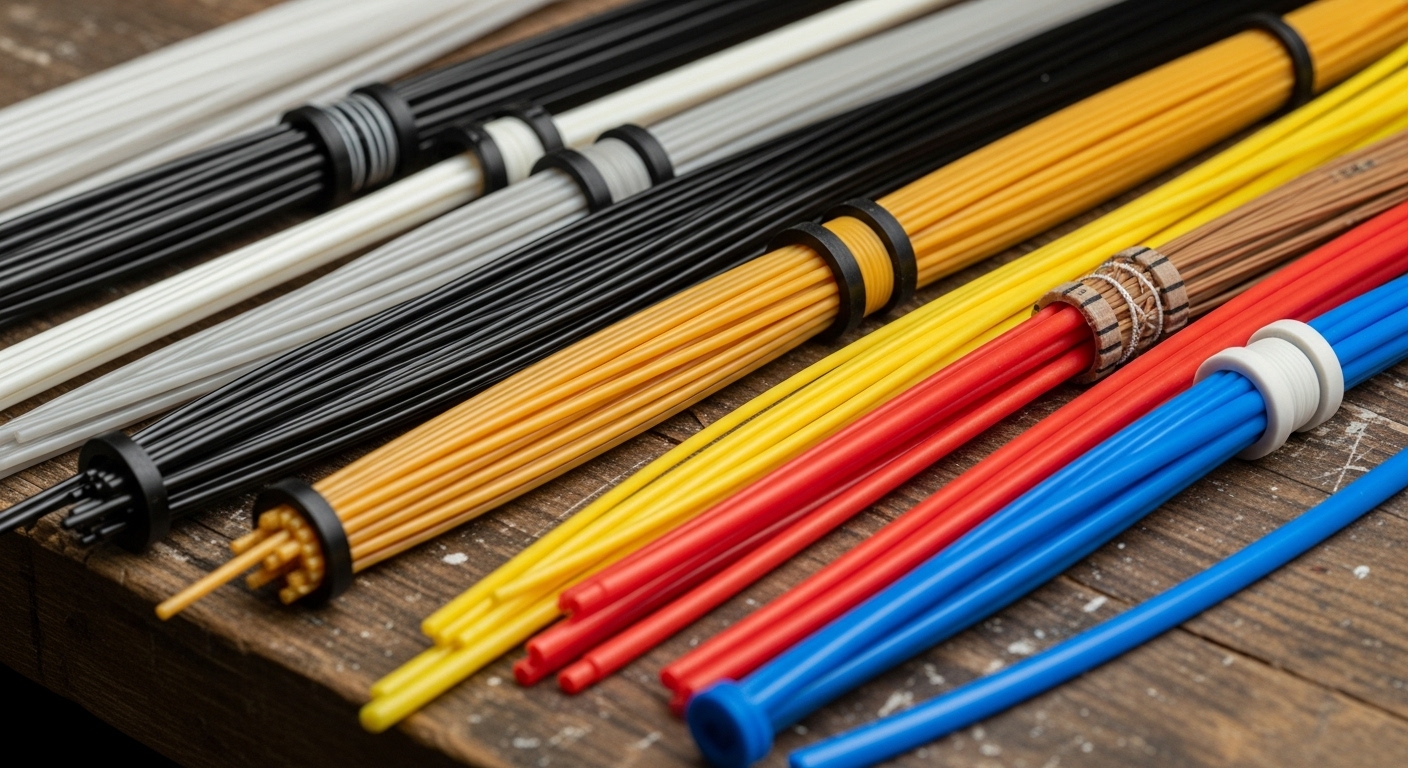Introduction
The world of 3D printing materials has expanded significantly over the past few years. In 2025, designers, engineers, and manufacturers have access to a wide variety of materials that cater to different industries and use cases. Choosing the right material is essential for achieving the desired strength, flexibility, durability, or appearance in a final product.
1. PLA (Polylactic Acid)
- Best For: Prototypes, hobbyist models, and low-stress parts
- Why Use It: Easy to print, biodegradable, minimal warping, cost-effective
2. ABS (Acrylonitrile Butadiene Styrene)
- Best For: Functional prototypes, automotive parts, enclosures
- Why Use It: High durability, heat resistance, suitable for post-processing
3. PETG (Polyethylene Terephthalate Glycol)
- Best For: Food containers, water bottles, mechanical parts
- Why Use It: Strong, flexible, chemically resistant, food-safe variants available
4. TPU (Thermoplastic Polyurethane)
- Best For: Wearables, gaskets, phone cases, flexible components
- Why Use It: Excellent elasticity, abrasion resistance, bendable without breaking
5. Nylon (Polyamide)
- Best For: Functional parts, gears, hinges, tooling
- Why Use It: Tough, wear-resistant, durable under mechanical stress
6. Resins (Standard, Tough, Flexible, Dental)
- Best For: High-detail models, dental applications, engineering prototypes
- Why Use It: Superior surface finish, high detail, different types for various use cases
7. Carbon Fiber Reinforced Filaments
- Best For: Aerospace parts, drones, structural components
- Why Use It: Lightweight, very strong, rigid; used where performance is key
8. Metal Filaments (Stainless Steel, Bronze, Copper)
- Best For: Jewelry, industrial prototypes, decorative objects
- Why Use It: Metallic look and feel, high-density, suitable for polishing
9. PEEK (Polyether Ether Ketone)
- Best For: Aerospace, medical implants, electronics
- Why Use It: High-performance engineering plastic, extremely heat and chemical resistant
10. Wood-Filled PLA
- Best For: Decorative items, furniture prototypes, art pieces
- Why Use It: Aesthetic wood-like finish, sandable, paintable
Choosing the Right Material
Selecting the right material depends on your project requirements—consider factors such as mechanical strength, flexibility, appearance, cost, and environmental conditions. At PrintVision3D, we guide clients in choosing the best material for their specific application.
Conclusion
As 3D printing continues to evolve, the range of materials expands alongside it. Whether you need something lightweight and flexible or durable and industrial-grade, there’s a material designed to meet your needs.
PrintVision3D offers expert support in material selection and part optimization to ensure the highest quality output for every project.


